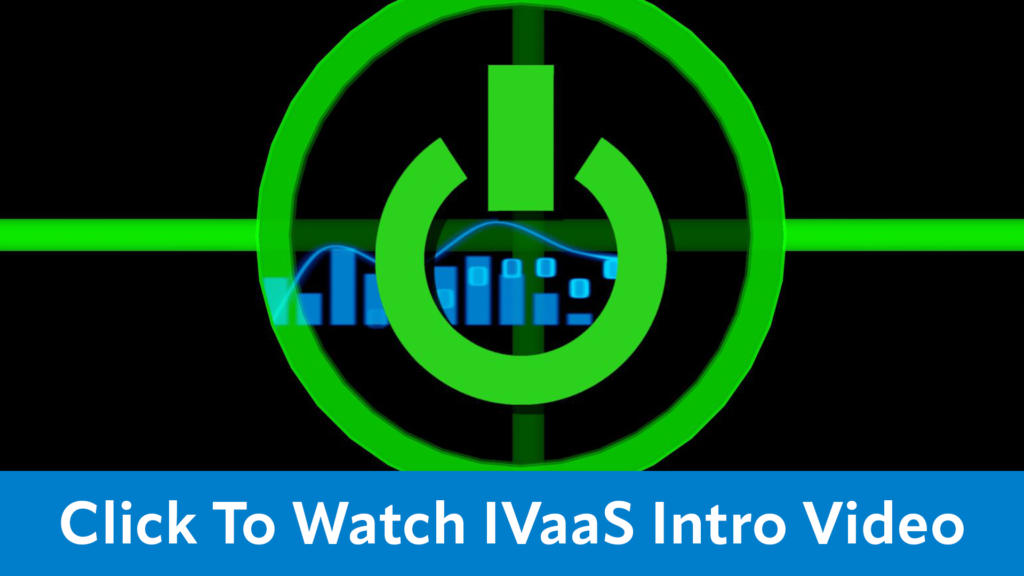Infrastructure Verification as a Service (IVaaS)
IVaaS, a platform of Concert Technologies, is an innovative Information and Communications Technology (ICT) infrastructure lifecycle management solution which provides enterprises with infrastructure inventorying and documentation, and continuous asset management.

Play Video
